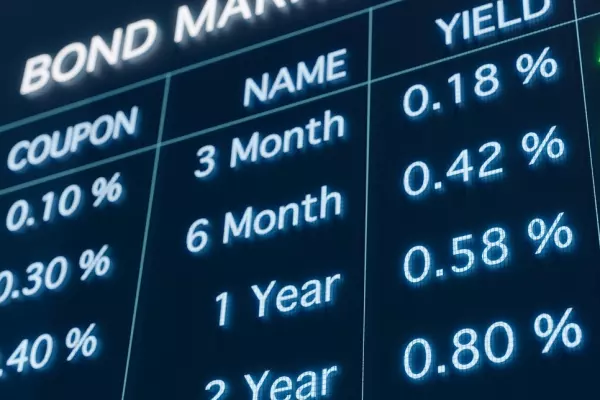The jackpot stands at one trillion dollars, still unclaimed. So how do you secure this stupendous sum? Quite simple: do two things. First: come up with a cure for the productivity gap between New Zealand and Australia; second: patent it.
The productivity gap between the two countries has been around 24 percent for 20 years now.
That is, GDP per person in Australia is this much higher than GDP per person here, which now amounts to an annual shortfall in our GDP of $75 billion which, at its last pre-covid calculation, stood at $314 billion for the year ending March 2020.
Calculating the lump-sum equivalent value of eliminating this shortfall now and in the future, using the NZ Treasury’s official discount rate of six percent, yields the number $1.25 trillion, but let’s round that down to a cool one trillion, just to be on the safe side.
Before you get too excited, I have to tell you that you can’t in fact patent economic theories. If you do come up with the solution to the problem, the only way you could stop others freely adopting it would be to keep it to yourself, which is not going to do the trick.
Nevertheless, many public-spirited economists and others have had a go at the puzzle.
Results haven’t even been mixed. Failure has been uniform.
Explanations elusive
Specifically, no one can explain why the productivity gap exists, so of course they can’t come up with proposals to eliminate it.
It really is puzzling, because Australia and NZ have what may be the most extensive bilateral economic relationship agreement in the developed world.
In particular, NZ workers can freely move to Australia to work and hundreds of thousands of them do, where they immediately earn wages and salaries at the higher Aussie levels our employers can’t afford to pay them.
So it’s not a people problem. And it’s not because NZ is not open to commerce internally and externally. We are currently number one in the OECD on the Heritage Foundation’s Economic Freedom ranking.
Could it be clumsy or wrong government policies? Not according to the NZ Productivity Commission, which was set up mainly to recommend solutions to the puzzle, but has failed to do so, despite coming up with some useful sector studies.
The shortfall is despite ‘policy settings at or close to best practice’ internationally – practice that should, they claim, give us incomes around 20 percent higher than the OECD average, not 20 percent lower.
Well, maybe it’s time for some lateral thinking here.
Could those ‘best practice policy settings’ actually be the problem, not the cure?
It wasn't ever thus
There is a big smoking gun in the data. We weren’t always twenty-some percent behind Australia.
For most of the 20th Century we were at par, or even a bit ahead. As late as 1983 the gap was just five percent.
Then we had our ‘Rogernomics’ neoliberal revolution, and that is when the bad stuff happened, with one manufacturing job in three wiped out, and unemployment reaching a post-Great Depression high of 11 percent in 1991.
Eventually the storm passed and our economy struggled back to something like normalcy, but with a legacy of the twenty-plus percent output gap with Australia that has never gone away.
NZ economists, commentators, bureaucrats and politicians (of both major parties) suffer a degree of cognitive dissonance about our neoliberal ‘reforms’ that verges on intellectual dishonesty.
A 2010 Report of a government-appointed taskforce dealing with the productivity gap – a taskforce headed by people who had been closely involved with Rogernomics - shows a graph of the ratio of Australia to NZ per capita GDP, with a growing gap through the 1985-to-2000 period that is actually larger than the numbers I used to get my conservative trillion dollars.
On the same page, we read of NZ’s productivity growth from 1991 to 1996 being the fastest for any five-year period since the first half of the 1960s.
Given the wretched induced state of the economy in 1991, this is like someone being starved for a long time by some tormentor, who then moves on to other things, but insists on claiming credit for the subsequent weight gain of their victim when left alone to recover.
So, in a comparison between radical Rogernomics and the more moderate, tri-partite policies implemented across the Tasman, you would really have to give the nod to moderation.
But I don’t think this will be enough to claim the jackpot.
Happy laggards?
As the decades roll on and the income gap hangs in, I am coming to think that it really is too deep and ingrained a fact of life to be responsive to good or bad economic policy settings.
Perhaps the question is mis-posed: it’s not that we can or can’t catch up - it’s that we don’t really want to: it’s a deep, cultural thing.
After all, we shade Australia in the life satisfaction stakes, as recorded by the World Happiness Report.
Perhaps running and working in the giant corporations that pump out so much of rich countries’ GDP doesn’t make people happy, and we are smart enough to realise that.
If so, it doesn’t mean we don’t have problems to fix – we surely do: income inequality, child poverty, obesity, family violence, drug abuse, for starters.
No doubt Australia has these problems as well, but instead of making comparisons we should confront them directly on our own turf.
And if we do, the next generation - if not us - might just get a pleasant surprise: a healthy, happier populace may be more economically productive as well. That’d be a nice little jackpot to win.














